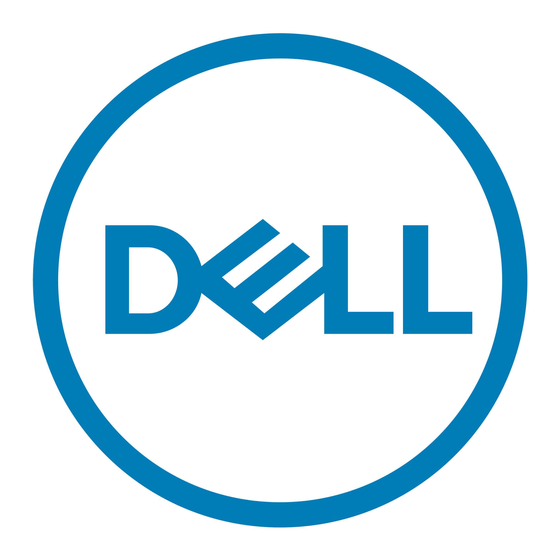- ページ 5
プリンター Dell PowerVault MD1 SeriesのPDF 最適化マニュアルをオンラインで閲覧またはダウンロードできます。Dell PowerVault MD1 Series 42 ページ。 Optimizing the dell powervault md1xxx family sas solution

A REFERENCE GUIDE FOR OPTIMIZING DELL™ POWERVAULT™ MD1XXX FAMILY SAS SOLUTION
An optimal storage solution addresses all key attributes to a greater or lesser extent depending on
their relative importance. This paper presents a study of the technological, functional and
behavioral differences of the storage solution components and measures them against the
attributes listed above. Understanding each component with respect to these attributes will help in
making informed decisions about the optimal solution for a given storage application.
The paper presumes that the reader has a basic understanding of the different RAID levels and
interconnect technologies – such as Serial Attached SCSI (SAS) and PCI Express. This paper
focuses on Serial Attached SCSI storage technology, specifically for the Dell PowerVault MD1xxx
Family (MD1000 and MD1120) storage expansion enclosures and Dell SAS RAID controllers
(PERC 5/E and PERC 6/E). Dell external RAID enclosures (MD3xxx Family) are outside the
scope of this document and are discussed under a separate paper.
Other storage technologies such as SCSI or Fibre Channel, as well as topologies such as Network
Attached Storage (NAS) or Storage Area Network (SAN), are also outside the scope of this
document. All storage applications will be treated independent of a specific host system or server.
Serial Attached SCSI (SAS)
The SCSI (Small Computing System Interface) protocol originated more than 20 years ago and is
used in the majority of server storage needs (for example, storage that is internal to a server or
physically connected to a server in an external disk expansion enclosure). The market prevalence
of SCSI has created economies of scale making it one of the most affordable storage interconnect
technologies available today. Many businesses rely on SCSI physical disks to deliver extremely
cost-effective and reliable storage. In fact, SCSI physical disks have advanced over the years
offering increased performance and more sophisticated features with each iteration. However,
given the inherent limitations of its parallel architecture, the current version of SCSI physical disks,
U320 or Ultra320, will be the last version of the traditional SCSI technology.
Serial Attached SCSI (SAS) is a major iteration of SCSI technology and introduces a host of
benefits when compared to older SCSI technology including the following features.
Dramatic improvement in bandwidth performance
•
The first generation of SAS will support 3.0 Gbps (or 300 MB/sec) per "lane"
•
Ultra320 SCSI is the shared-bus architecture. SAS introduces a point-to-point topology
enabling systems with many physical disks to scale bandwidth far beyond the bandwidth
capacity of Ultra320 SCSI.
Figure 1: Parallel U320 SCSI bus versus point-to-point Serial Attached SCSI connection
PAGE 5
Up to320 MBps
VER A02
3.0 Gbps per lane
6/16/2008
